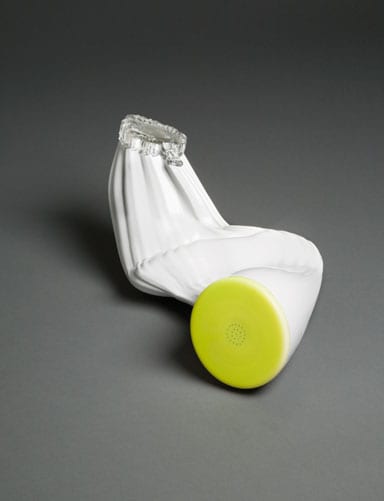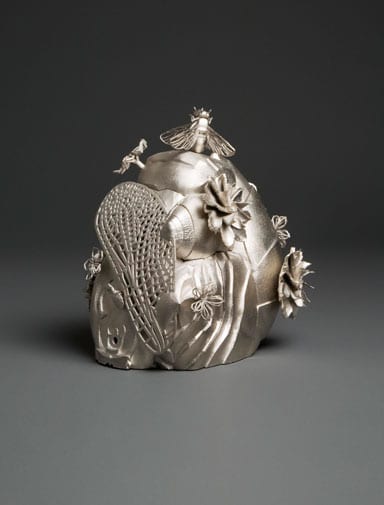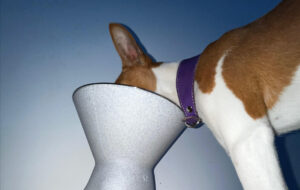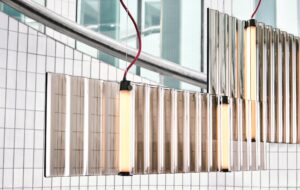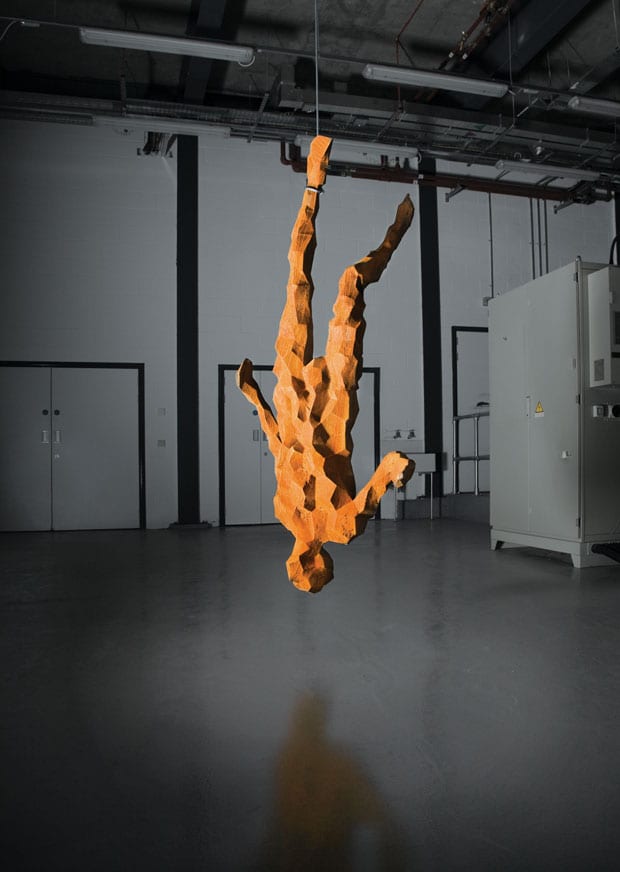
words Anna Bates
“There might be nowhere more important tonight than this building,” said Deyan Sudjic at the opening of Metropolitan Works’ new site. High praise indeed – but why exactly is the building so important?
Based at London Metropolitan University, the site will allow local designers to wander into the workrooms with an idea and then materialise it using a collection of tools, including five-axis water-jet cutters, five-axis CNC routers, 3D scanners, laser cutters, and rapid prototyping machines. The pay-as-you-go workshop is one of few manufacturing resources for designers working in the city, who usually have to go abroad to materialise their work. “All of the stuff in the Far East is challenged by this set-up,” said London designer Tom Dixon. “Finally designers and manufacturers can challenge the idea that manufacturing doesn’t happen in the UK.”
But it’s hard to accept that the Far East could be challenged by Metropolitan Works. It’s not a mass production facility, but a new space for craft; something that was evident in the finely made work on show at the centre’s opening exhibition, Digital Explorers: Discovery.
Antony Gormley, Committee, Tord Boontje and Michael Marriott, among others, were invited to produce work using the machines. Marriott’s beautifully simple 3D milled stools took their shape from African Ashanti stools, but the designer is keen to make clear the process was a combination of the machines and “human interpretation”. Committee exploited their naivety of the machinery to create their Lost Twin Ornaments. Starting with shapes from two found objects, the duo used the CAD modelling to make “irrational compositions” that merged the shapes, while Boontje used 3D scanning to capture the exact form of insects and flowers, using the results to adorn his metal laser-sintered speakers.
